TEXTILE
PRINTING
TEXTILE PRINTING
APPLICATIONS

LADIES SUIT

LADIES KURTI

DUPATTA

GENTS WEAR

LADIES WEAR

GYM WEAR

LAWN

UPHOLESTRY

BED SHEETS

CURTAINS

CUSHIONS

CARPETS
Reactive Printing
The magic of reactive printing lies mainly in its authentic chemical dyes which work specifically to help lock the color into the fabric. The colorants have a high color yield, resulting in stunning color vibrance, which enhances the beauty of any digital print design.
Texlabs specifically uses chemically reactive dyes because they are extremely resilient and exceptionally vibrant. These dyes ensure that the beautiful digital artwork retains all its luster and colors without the fear of it fading away. The textiles that are processed through reactive printing are safe to wash while also looking astounding to the point of making a statement.
Sublimation Printing
Acid Printing
Pigment Printing
Pigment printing is widely used for many fabrics and patterns. Especially recently, fabric brands have been able to produce much different patterns by using the digital Pigment printing method while creating their patterns.
Pigment textile printing produces brighter print result, the color applied gives a much more permanent result and the washing fastness is also very high. Also its an easier and faster dyeing process compared to other methods. In particular, the color matching process is much faster and easier. Pigment Textile printing is a budget friendly process. Because this process is less washing, fast sampling and a high speed technique, more prints can be made in less time.
Explore the possibilities of Reactive Printing
with these fabrics

COTTON

SHAMOOZ

SILK

VISCOSE

ORGANZA

CHIFFON

KHADDAR



